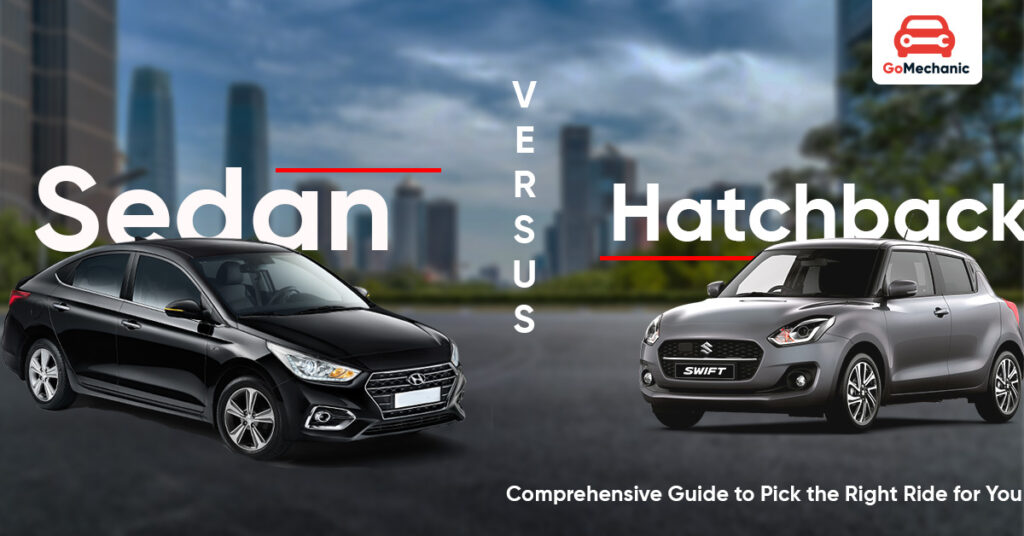For both car enthusiasts and buyers, the war between sedans and hatchbacks has been a long-standing debate. This confusion is in no way new and often comes along with purchasing a new car. Among buyers, the choice is usually narrowed down to these two popular segments, which are categorized as “passenger cars” but are starkly different in design, functionality, and driving experience. This blog delves deep into the difference between hatchback and sedan cars the benefits and drawbacks of sedans and hatchbacks, ensuring the correct selection based on the buyer’s needs and personal preferences. No matter, if it’s in style, practicality, or just raw performance, understanding what these distinctions mean, is the first step in finding your dream ride.
What is Sedan?
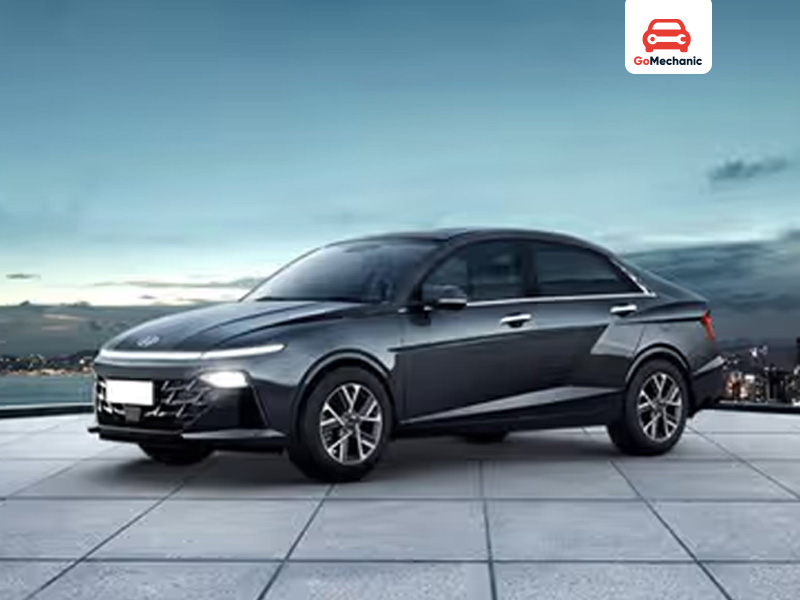
A sedan is a type of passenger car that is well known for its classic and practical three-box design. The design clearly breaks up the vehicle into three key sections: the area at the front is the engine compartment, the middle section holds the passenger cabin, and the rear section is the trunk or cargo area. The heart of the mechanical body is the department of the motor. Not only this, installing various engine kinds facilitates access to high performance with fuel economy. This has become safe adding crumple zones for absorbing the energy of incites. The center of the body is the passenger salon, with two rows of seats with adequate legroom and headroom for up to five travelers. This space is normally supplemented with air conditioning, sound systems, and leather upholstery and is therefore better suited for extended travels. Really, a trunk is always available to provide a fully enclosed, weather-tight cargo space separate from the passenger compartment for maximum comfort and less noise.
- First Box: The engine compartment
- Second Box: The passenger cabin
- Third Box: The trunk (cargo area)
Most trunks of sedans are separate from the cabin, but some models have foldable rear seats to accommodate larger objects and expand the capacity for the storage of things.
Also Read: Best Sedan Cars Under 30 Lakh: 8 Hidden Gems Indians Are Loving in 2025
Important Characteristics of a Sedan:
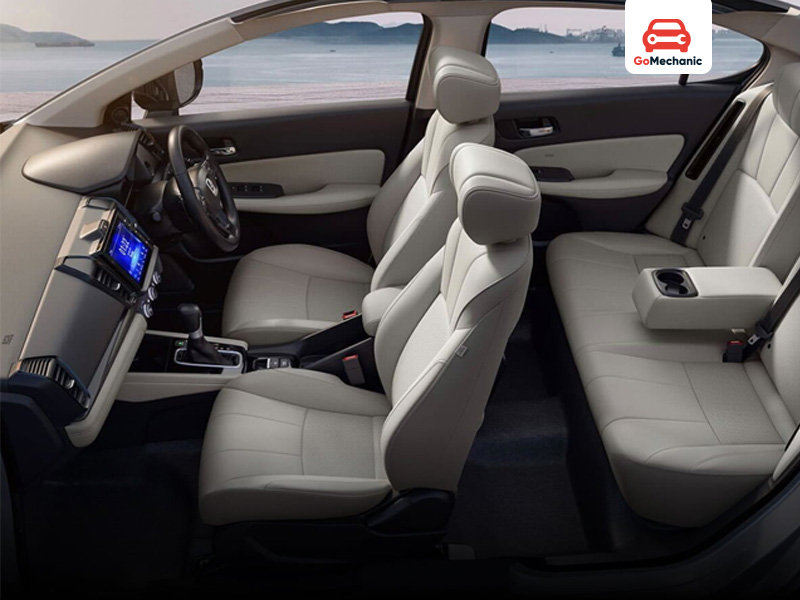
- Design: Three-box structure (engine, passenger compartment, trunk)
-
- Cargo Space: All sedans have an enclosed trunk, though not all trunks offer access
- Comfort: Excellent comfort for passengers because their trunk separates from the cabin, ensuring less noise.
- High-speed stability: Hatchbacks are more stable compared to sedans. They are perfect for highway cruising.
- Fuel Efficiency: In general, hatchbacks are less fuel-efficient than sedans as a result of their larger body size.
What is Hatchback?
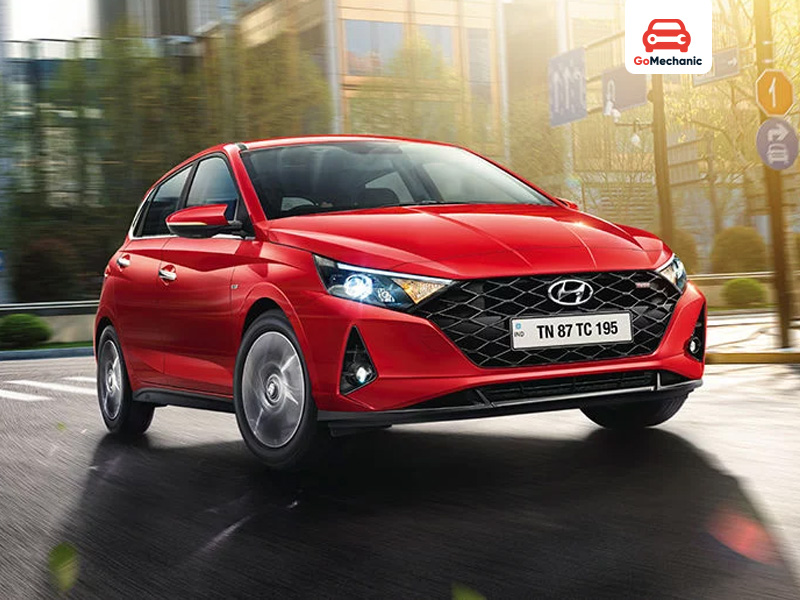
A hatchback is a versatile car whose body is practical, two-box, in which the compartment hosting the engine lies at the front and the cabin at the back seamlessly combines the cargo area. This design will do away with the need for a separate trunk, hence providing a much more open and adaptable layout. One characteristic of a hatchback that marks it out from other car designs is the rear hatch-style door, which opens up and, therefore, provides access to the cargo space. It’s relatively easy to load and unload items using this design feature, especially in confined urban environments. In hatchbacks, unlike sedans, cargo is not isolated from the passenger cabin. It comes in a more versatile storage capacity as most hatchbacks have foldable rear seats, which extend the space when needed; hence they are great cars to use for carrying bulkier items. This makes hatchbacks popular among city residents and small families, who combine functional elements with the convenience of being able to easily move around compact cars with efficient fuel economies.
Key Features of a Hatchback:
- Design: Two-box structure (engine, passenger cabin with integrated cargo space)
- Cargo Space: Open and flexible, as the hatch opens upward for easy loading
- Comfort: Less insulated compared to sedans, but offers versatile seating and storage
- Driving Stability: More nimble, making it easier to drive in urban environments
- Fuel Efficiency: Typically more fuel-efficient due to a smaller size and engine.
Related: The 10 Best Mileage (Most Fuel Efficient) Diesel Cars Of 2024-25
Sedan vs Hatchback: Key Differences
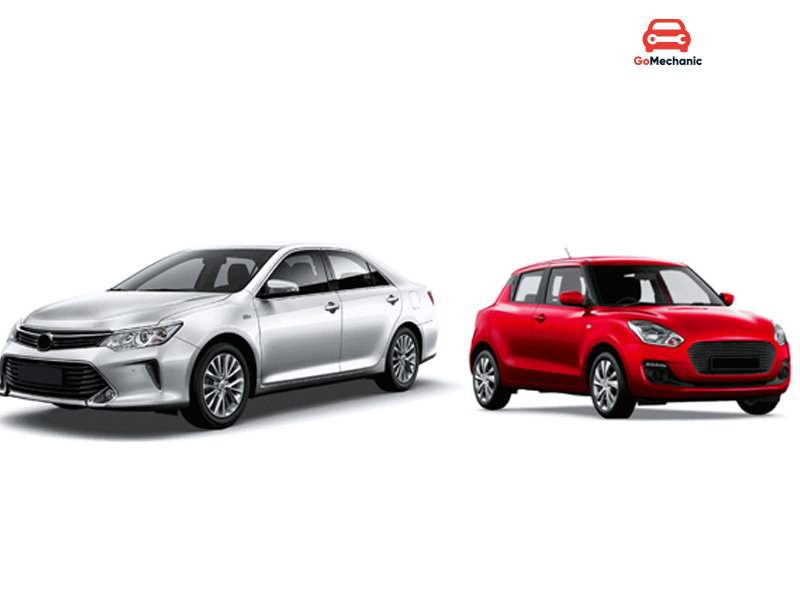
Here’s a quick comparison to understand difference between hatchback and sedan cars more briefly based on critical parameters:
| Parameter | Hatchback | Sedan |
| Design | Two-box design (engine + cabin/cargo) | Three-box design (engine + cabin + trunk) |
| Size | Generally smaller | Larger in size |
| Wheelbase | Shorter wheelbase | Longer wheelbase |
| Cargo Space | Flexible, foldable seats for more space | Sealed trunk, less flexible space |
| Rear Visibility | Higher visibility | Lower visibility |
| Driving Ease | Easier to drive in the city | Less maneuverable in tight spaces |
| Fuel Efficiency | More fuel-efficient | Slightly less fuel-efficient |
| Comfort | Compact, can be less spacious | More spacious and comfortable |
| Price | More affordable | Generally more expensive |
| Resale Value | Better resale value | Slightly lower resale value |
| Stability on Highways | Less stable at high speeds | More stable at high speeds |
Sedan vs Hatchback: Pros
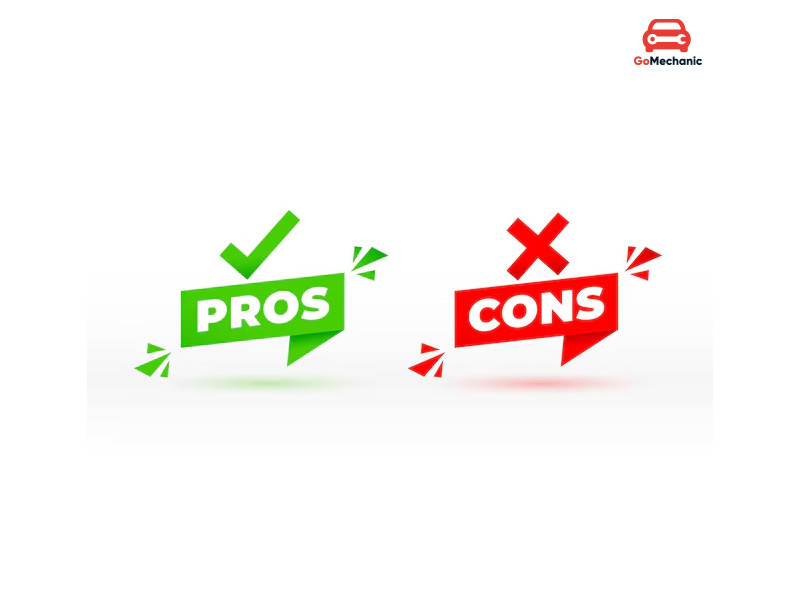
Hatchback:
- Space-carrying versatility: The back hatch and foldable seats give space for carrying large items for those who need flexibility.
- Urban-friendly: Hatchbacks are easier to maneuver and park in heavy city traffic.
- Economical: Hatchbacks usually are within a budget and have less costly running costs.
- Good on mileage: Hatchbacks come with smaller engines, which are healthier for the pocket.
Sedan:
- Comfort: Sedans offer better insulation, providing a quieter and more comfortable cabin, especially for long drives.
- Aerodynamics: More aerodynamic designs improve stability on highways.
- Privacy: The trunk is completely separated from the cabin and offers more protection for your property.
- Highway Performance: A sedan is better at high-speed stability, meaning it is apt for long highway drives.
Sedan vs Hatchback: Cons
Hatchback:
- Not much cargo capacity: The space in the trunk is not as versatile as in a hatchback, it is restricted for larger items.
- Aerodynamics and maneuverability: The larger dimension makes it very difficult to maneuver within the urban constraints and parking conditions.
- Price: Sedans are more expensive than hatchbacks, both in terms of purchase and maintenance.
Sedan:
-
- Cargo Visibility: Items in the rear are often visible unless a cover is used, which could be a concern for security.
- Less Interior Space: Limited space in the rear seats and cabin compared to sedans.
- Less Stability: The hatchbacks are less stable at higher speeds due to their compact design.
Choosing Between a Hatchback and a Sedan
Once you get a hold of the basic difference between hatchbacks and sedans, it all comes down to choosing your requirements and your lifestyle. Here is a brief guide:
Choose a Hatchback if:
- You drive mostly in the city and need a car that’s easy to park and maneuver.
- You value flexible cargo space and don’t mind a slightly less spacious interior.
- You prefer a more affordable car with better fuel efficiency.
Choose a Sedan if:
- You often drive on highways and, therefore require more stability and comfort.
- You want more trunk space and don’t mind less flexibility when loading huge items.
- You have the budget to splurge a little more on a cabin-space larger car which is also pretty silent.
Top Hatchbacks and Sedans in India
Top Hatchbacks:
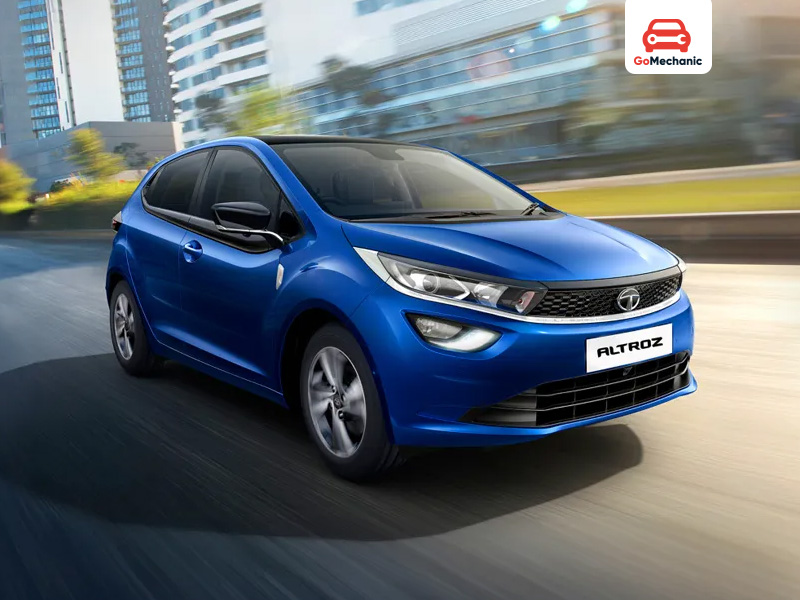
| Model | Price (Ex-Showroom) |
| Maruti Suzuki Swift | ₹6.36 lakhs – ₹9.82 lakhs |
| Hyundai i20 | ₹8.39 lakhs – ₹13.33 lakhs |
| Tata Altroz | ₹7.27 lakhs – ₹12.58 lakhs |
| Honda Jazz | ₹7.75 lakhs – ₹9.99 lakhs |
Top Sedans:
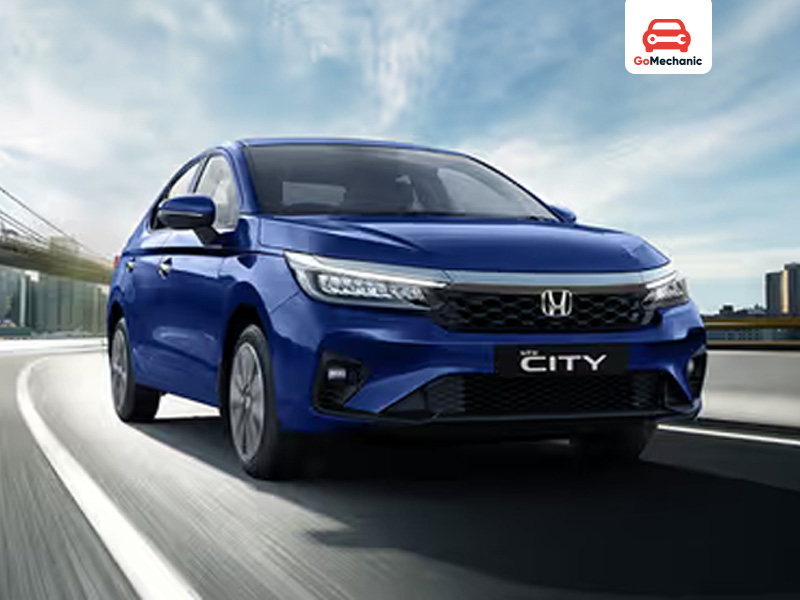
| Model | Price (Ex-Showroom) |
| Maruti Suzuki Dzire | ₹6.57 lakhs – ₹9.39 lakhs |
| Honda City | ₹13.36 lakhs – ₹18.46 lakhs |
| Hyundai Verna | ₹12.73 lakhs – ₹20.17 lakhs |
| Skoda Slavia | ₹13.08 lakhs – ₹21.73 lakhs |
Interior Space: Flexibility and Comfort
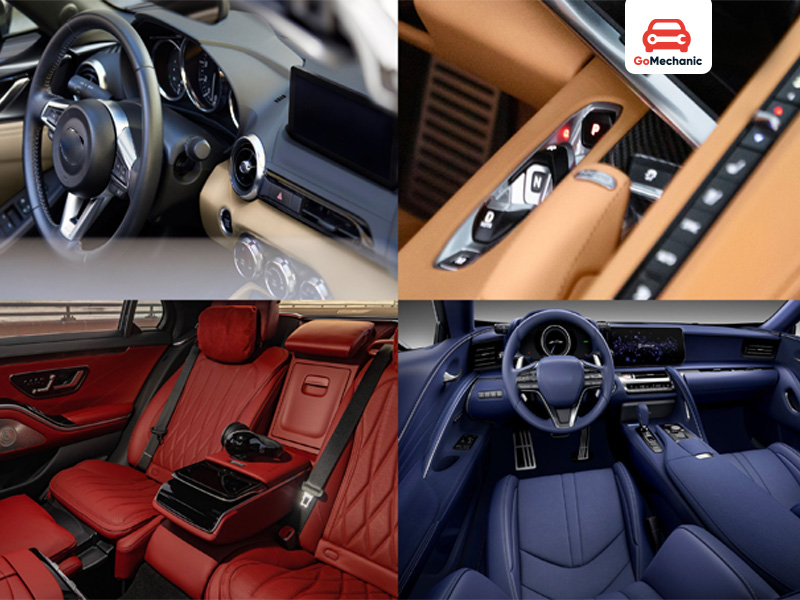
Sedans of today are estimated a much more comfortable approach in interior space terms as they are described also as more spacious and roomier. Those who refer to these vehicles often say that by and large, they’re designed to be the classier models, given that the average car buyer would snap up a sedan for some extra space under the hood. The space is, as a consequence, well insulated, in which the trunk is a compactly sealed space beyond this silent chamber from what is considered the interior insofar as the passenger seat is fixed. These also contribute to a calmer driving experience, particularly at high speeds. Hatchbacks are much smaller than sedans, even though they are also more comfortable with less room for rear passengers. However, engineers have made up for it in the cargo flexibility that hatchbacks possess. Hatchbacks can fold down the rear seats, an element of storage versatility that sedans have lost.
Driving Experience: Sedan vs Hatchback
Between the hatchback and the sedan, a driving experience might be pretty much different given the two cars’ dimensions and design. A hatchback tends to be less cumbersome and much easier to navigate through the cities because of its compact size and shorter wheelbase. The size of a hatchback is advantageous for navigating those tight city streets or parking within crowded parking spaces. One of the primary characteristics of a hatchback is its nimbleness, which means that it will provide fun and agile driving. Sedans, on the other hand, are stable and smooth, especially at high speeds. A longer wheelbase is a characteristic of a sedan that gives more balanced handling, so it is perfect for highway use. Sedans tend to be planted on the road more, giving the feeling of safety and comfort, especially while driving at higher speeds or in windy conditions. Sedans become favorites for long-distance traveling or for those who require a smoother and quieter highway ride.
Talking about long drives, must read 15 Best Cars for Long Drives in India: Drive Far, Drive Comfortably
Fuel Efficiency: Hatchback Wins in Economy
Sedans
- Sedans offer more power than hatchbacks do. As a result, the result is that sedans generally have bigger engines, higher power output, superior speed, stability, and better rides, especially on highways, but it comes as one that costs more if you are a person interested in gallons of fuel than average hatchbacks.
- An average sedan offers good gas mileage considering a full-size car. In short, they have a real chance to offer someone good comfort and long-run mileage performance, probably at an affordable cost compared to all of their fuel consumption.
- They provide an economical balance between luxury and functionality and thereby add appeal for buyers looking for the driving pleasure of luxury cars meeting moderate fuel efficiency.
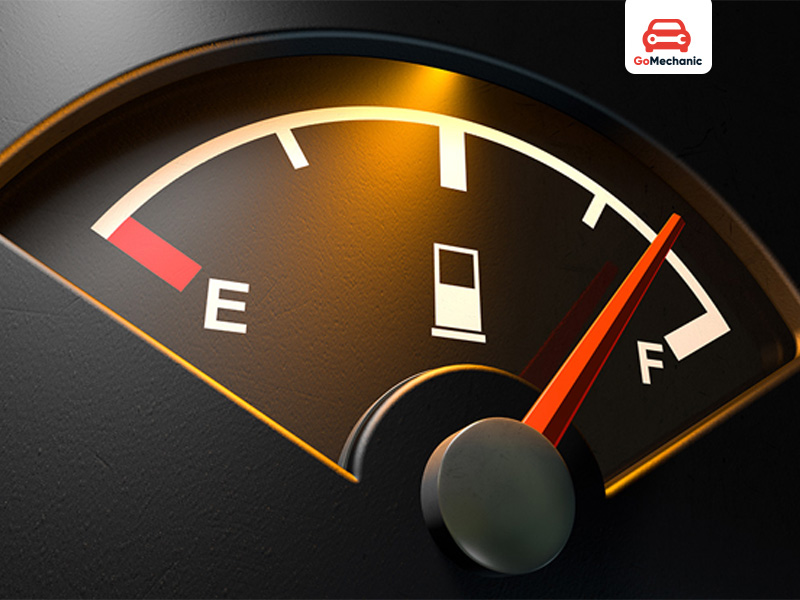
Do Read: Top 10 Most Fuel Efficient CNG Cars in 2024
Hatchbacks
- Offer Most Fuel Economy: It is just about the small size, lightweight, and small engines that make hatchbacks the most fuel-economic performance cars in the automobile market.
- Daily Commuting Benefit: With great fuel economy, hatchbacks are a bit more popular specifically for use in city driving, but it’s also good for short-range driving purposes.
- Environmental Benefit: Reduces carbon emissions by being eco-friendly because of its lower fuel consumption, thereby including hatchbacks in the category of environmentally beneficial alternative methods.
Cost: The Price Difference Between Hatchback and Sedan Cars

Another important decision-making factor when choosing between a hatchback and a sedan is its price. On average, hatchbacks are much cheaper than the sedans. Hatchbacks are sometimes less expensive due to their relative simplicity in construction, which further reduces the costs of production. Therefore, hatchbacks are normally priced lower than sedans, and they attract budget-conscious buyers. Hatchbacks usually have the cheapest running and maintenance costs, especially with relatively smaller engines and lighter frames than sedans. These cars are more expensive in terms of initial cost and maintenance. The luxuries, space, and performance features of a sedan make it more pricey than hatchbacks. For customers who are willing to pay more for comfort and additional features, a sedan is much more premium than a hatchback.
Resale Value: What’s the Better Investment?
The resale value should be considered by purchasers of vehicles. Usually, when resold, sedans tend to fetch a higher price compared to hatchback vehicles. This is likely due to the luxury aspect of sedans, which makes the overall image look trendier and elite to any kind of buyer in the used car market. The common view of hatchbacks is mostly utilitarian, hence the lower cost of resale. Nevertheless, this could still vary from one to another model and market. The reason is that some hatchback models due to reliability and practical value tend to sell well. Lower initial purchasing cost of a hatchback is yet another good investment attribute even if this type of vehicle has low resale value.
Final Thoughts: Which One is Right for You?
The battle of Sedan vs Hatchback ends with personal preference. The final decision will depend on factors such as lifestyle, driveway habits, and preferences when choosing between a hatchback and a sedan. Those looking for a compact, fuel-saver vehicle that is good to use in the city, has versatility in luggage space, and is more cost-effective will find a hatchback an attractive buy. It suits individual users who do not have large families and concentrators toward functionality, easy handling, and minimal cost of running. However, a sedan is more rewarding if you crave comfort, staying power, and a high-quality driving experience, like long hours and highway driving. Owners struggling to get more cabin space deserve a smoother, more silent ride but are piqued to invest in a more luxury-laden and spacious car that is well suited to sedans. It all comes down to what features matter most to you.
Thus, by understanding the difference between hatchback and sedan cars in design, interior space, driving experience, fuel economy, cost, and accident, you can then confidently pick the right car that suits your requirements and comfort.

